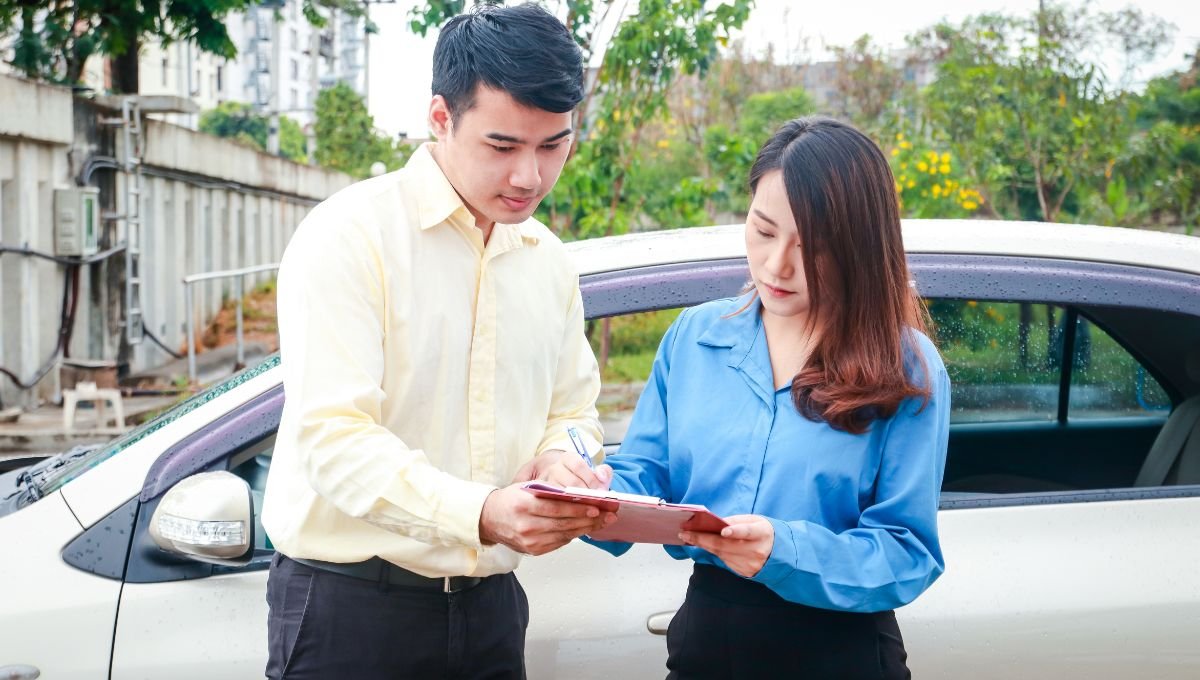Contents
- 1 The Role of Autopilot in Tesla Accidents: Technology on Trial—When Software Shares the Blame
- 1.1 Understanding Tesla’s Autopilot: A Jump Towards Modern Versatility
- 1.2 The Double Edges of Innovation: Security versus Obligation
- 1.3 Navigating Attempt at finger pointing: When Software Jumps in the Driver’s seat
- 1.4 A Step-by-Step Manual for Understanding Your Role and Obligations
- 1.5 Staying Ahead: The Fate of Autopilot and Independent Driving
Short Intro:
Lately, the appearance of self-driving innovation has changed the auto scene, positioning Tesla at the forefront of this progressive shift. Tesla’s Autopilot framework, a sign of its innovative methodology, has been both praised for further developing security and scrutinized following a few high-profile accidents. This conversation digs into the intricate role of Autopilot in Tesla accidents, dissecting how innovation is increasingly sharing the fault in incidents once exclusively ascribed to human blunder.

Understanding Tesla’s Autopilot: A Jump Towards Modern Versatility
Tesla’s Autopilot is a modern mix of cutting-edge driver-help frameworks (ADAS) intended to lessen the weight of driving and upgrade street security. In any case, its introduction has started a complicated discussion on the responsibility of software in car accidents. Market measurements illuminate this innovation’s effect, with Tesla reporting a decrease in mishap rates among its vehicles outfitted with Autopilot. However, this has yet to be addressed. Does this framework’s presence pardon drivers from obligation, or does it introduce another layer of intricacy in assessing fault?
The Double Edges of Innovation: Security versus Obligation
At the core of conversations around the role of Autopilot in Tesla accidents is the sensitive harmony between mechanical innovation and human responsibility. On one side, Tesla’s Autopilot has added to more secure driving circumstances, leveraging constant information and prescient calculations to forestall possible setbacks. On the other hand, it has likewise confronted analysis for enabling a misguided feeling of safety among drivers, leading to abuse and overreliance. This juxtaposition highlights the requirement for a nuanced understanding of how autopilot capabilities fit within the more extensive range of driver innovations.

The involvement of Autopilot in Tesla accidents has pushed the issue of software obligation into the legitimate spotlight. As independent and semi-independent vehicles become more pervasive, the customary worldview of mishap risk — focused on human blunder — is being tested. This shift requires a reexamination of lawful structures to oblige situations where innovation, rather than the driver, is seen to be to blame. The key inquiry that arises is how to credit liability in our current reality, where human activities and software choices are intricately intertwined.
A Step-by-Step Manual for Understanding Your Role and Obligations
For Tesla proprietors and drivers considering the Autopilot highlight, moving toward this innovation with an informed perspective is essential. Understanding the abilities and impediments of Autopilot is the most important phase in leveraging its advantages while minimizing chances. This includes recognizing that Autopilot is intended to help, not supplant, the driver. Sufficient training on the legitimate utilization of Autopilot, combined with a reasonable perception of its functional limits, can essentially moderate the possibilities of accidents.

Staying Ahead: The Fate of Autopilot and Independent Driving
As Tesla continues to refine its Autopilot framework, the eventual fate of independent driving seems both promising and laden with difficulties. The development of Autopilot is a demonstration of Tesla’s obligation to enhance vehicular well-being through innovation. Be that as it may, as this innovation turns out to be increasingly integrated into our everyday drives, the obligation of the two makers and drivers to guarantee safe use becomes paramount. Navigating the intricate scene of independent driving requires coordinated work to address moral, legitimate, and mechanical inquiries, paving the way for a future where innovation and human oversight coincide amicably.
The role of autopilot in Tesla accidents is a multi-layered issue that exemplifies the difficulties and potential open doors introduced via independent driving innovation. As society wrestles with these inquiries, the significance of informed talk and dependable innovation has never been more basic. The excursion towards a future dominated by independent vehicles is in progress, and the illustrations gained from examining the role of autopilot in Tesla accidents will without a doubt shape the way ahead.

End and Final Contemplations
As we ponder the role of Autopilot in Tesla accidents, obviously this mechanical innovation isn’t just about the vehicles we drive, but also about the future we are steering towards. The integration of Autopilot into Tesla vehicles represents a critical jump forward in auto security and productivity. Nonetheless, it likewise features the requirement for a far-reaching approach that includes capable utilization, continuous schooling, and administrative development to guarantee that the advantages of such innovation are completely acknowledged without compromising well-being.
The exchange surrounding Tesla’s Autopilot and its suggestions for street security is a microcosm of the bigger discussion about the role of innovation in our lives. It fills in as a reminder that to whom much is given, much will be expected—both concerning the makers of these innovations and the people who use them. As we explore this time of fast innovation, fostering a culture of security, mindfulness, and moral thought is foremost.
Generally, the excursion with Autopilot in charge is just beginning. It offers us a brief look into a future where innovation and human ingenuity combine to make more secure, more productive streets. This vision, be that as it may, must be acknowledged through an aggregate obligation to learning, variation, and obligation. As we push ahead, let us embrace the commitment of Autopilot and comparable innovations with a mindset equipped towards security, innovation, and shared responsibility. The street ahead is brilliant; however, it ultimately depends on us to admirably explore it.

FAQs: The Role of Autopilot in Tesla Accidents
What should drivers be aware of before using Tesla’s Autopilot?
Drivers ought to know that Autopilot is intended to help, not supplant them. Understanding the framework’s abilities and constraints is pivotal, as is staying connected with and prepared to take control whenever. Standard updates and instructions on the appropriate utilization of Autopilot are likewise fundamental for safe activity.
How is obligation determined in accidents involving Tesla’s Autopilot?
Determining risk in accidents involving Autopilot is challenging and ordinarily involves analyzing whether the framework was functioning true to form, assuming the driver was maintaining appropriate oversight, and if any outside factors contributed to the mishap. Lawful structures are evolving to address the extraordinary difficulties presented by independent and semi-independent vehicles.
What is the eventual fate of Tesla’s Autopilot and independent driving?
The eventual fate of Autopilot looks promising, with ongoing upgrades and updates pointed toward enhancing security and usefulness. As independent driving innovation progresses, it is normal to assume a critical role in reducing accidents, easing gridlock, and transforming the driving experience. Notwithstanding, achieving these objectives will require addressing mechanical, moral, and administrative difficulties.
How could individuals contribute to more secure streets while using Tesla’s Autopilot?
Individuals can contribute to more secure streets by using Autopilot consistently, staying informed about its abilities, adhering to suggested rehearsals, and maintaining dynamic oversight while the framework is locked in. Schooling on safe driving practices and the limits of independent advances is additionally pivotal for all street clients.




